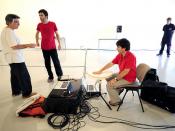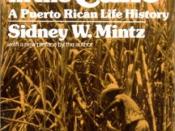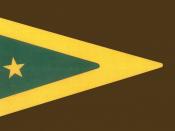To acknowledge a culture of diverse proportions, as depicted with slavery in the eighteenth century, many different variables were taken and incorporated into a distant module of freedom for the enslaved. To analyze New World black culture, is to contrast and compare. This mission has been taken forth by many sources of intellectual presence. Though the acknowledgement of numerous factors helps to uncover remnant culture of the enslaved, it also reveals sources of insurrection and "reinterpretation". These issues are addressed in various ways by Michael A. Gomez author of "Exchanging our Country Marks" and Sidney W. Mintz and Richard Price authors of "The Birth of African-American Culture". Their reflecting views offer insight to the depth of this argument.
In, "Exchanging our Country Marks" by Michael A. Gomez he states the point of the general procedure of which the native African conformed to the existing culture of the New World.
His theory elaborates further that the Africans made conscious decisions for the basis of culture. In his framework of acculturation Africans rather than keeping their previous intact rituals and traditions made decisions to improve upon them as well as partake of other cultures, in a diverse mixture of change. His theory also suggests that numerous questions should be raised pertaining to the specific location to which the slaves where imported into and why. This theory relegates the issue of the unifying whole of Africa, thereby stating more relevance to location and specific importation rather than the values of individual black slaves. It involves intense views of ratios: men to women, region origin, destinations and the importance of these factors.
Sidney W. Mintz and Richard Price acknowledge that there are underlying principles that govern the general sense of African culture (broad culture area). That African culture can be linked together by...


